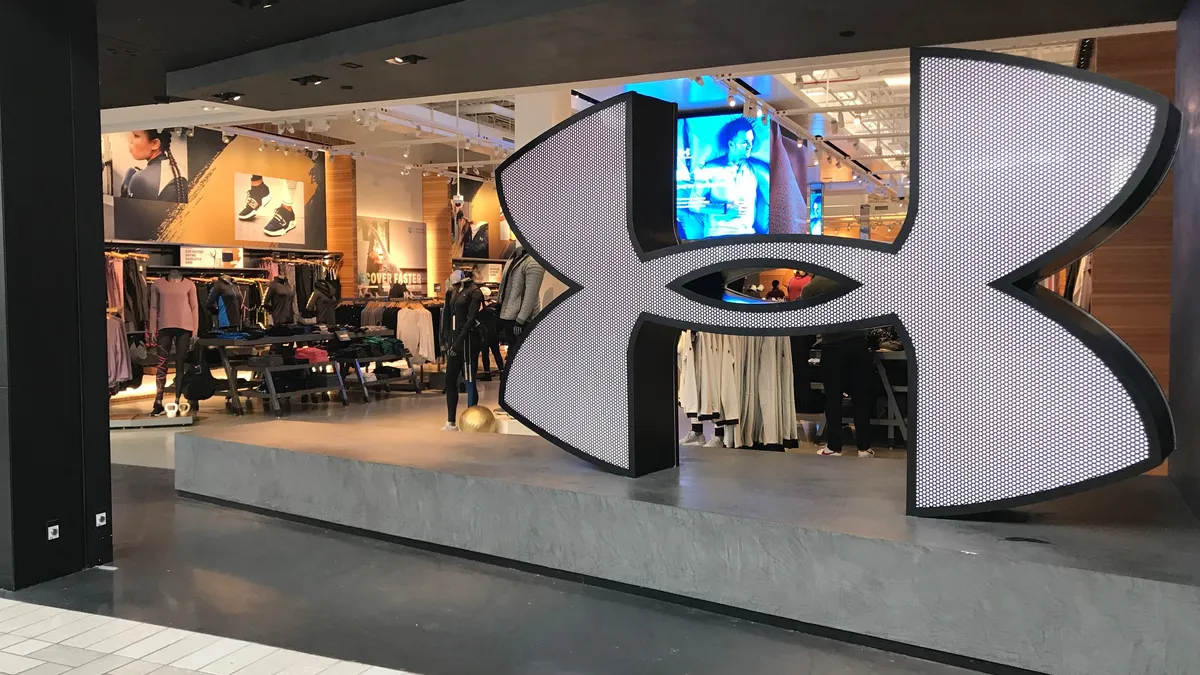Dive Brief:
- After years of work organizing and streamlining its supply chain, Under Armour has significantly cut SKUs, materials and inventory, and reduced air freight use resulting in four quarters of margin expansion. CEO Kevin Plank described the brand's turnaround plan as an attempt to be "a much quieter company and a much louder brand," on an earnings call Tuesday.
- Under Armour's gross margins were up 170 basis points to 46.5% in the second quarter. 110 of the 170 basis point year-over-year (YoY) gain was due to supply chain efforts, said COO Patrik Frisk.
- The company's vendor consolidation effort is almost complete and better management has led to a 26% reduction YoY in inventory for the second quarter — the fifth straight quarter of inventory decline, Plank said.
Dive Insight:
Two years ago, Under Armour had to face some hard truths. From a botched ERP transition, to declining wholesale growth and rising operational costs."We must operate a better company," Chairman and CEO Kevin Plank told investors in the fall of 2017.
Simplifying its supply chain came with costs of its own. Executives put costs related to facility and lease terminations, contract terminations, inventory-related charges and asset-related impairments at more than $240 million for 2017 and 2018. But with margins rising and inventory shrinking, the work looks to have had the desired effect.
"I think, the inventory improvement in general of coming down more than $330 million in a year is just a —it's a massive task. And it's something that really sets us up well for the future," said Plank.
Along with right-sizing inventory, Under Armour had work to do on the tools used to control it. After two years of work to simplify the company's global tech stack, Plank reported the "the vast majority of our business is now operating on one global ERP system."
Even though margins are up for the athletic brand, North American revenue was down in the second quarter, which executives explained as a shift away from the off-price market — an intentional move Frisk said was made possible by more finely tuned operations. Total revenue was up 1% for the quarter. The company expects top-line revenue to be down in the third quarter for this same reason.
If sales don't receive the same jolt as the company's supply chain, the five-year turnaround plan, which began in 2017, may not end up as successful as it appeared this quarter, but Frisk and Plank were confident more positive results are ahead after the dust settles.
"Moving forward, it's all about staying disciplined, focused and methodical, working smarter," said Frisk.















